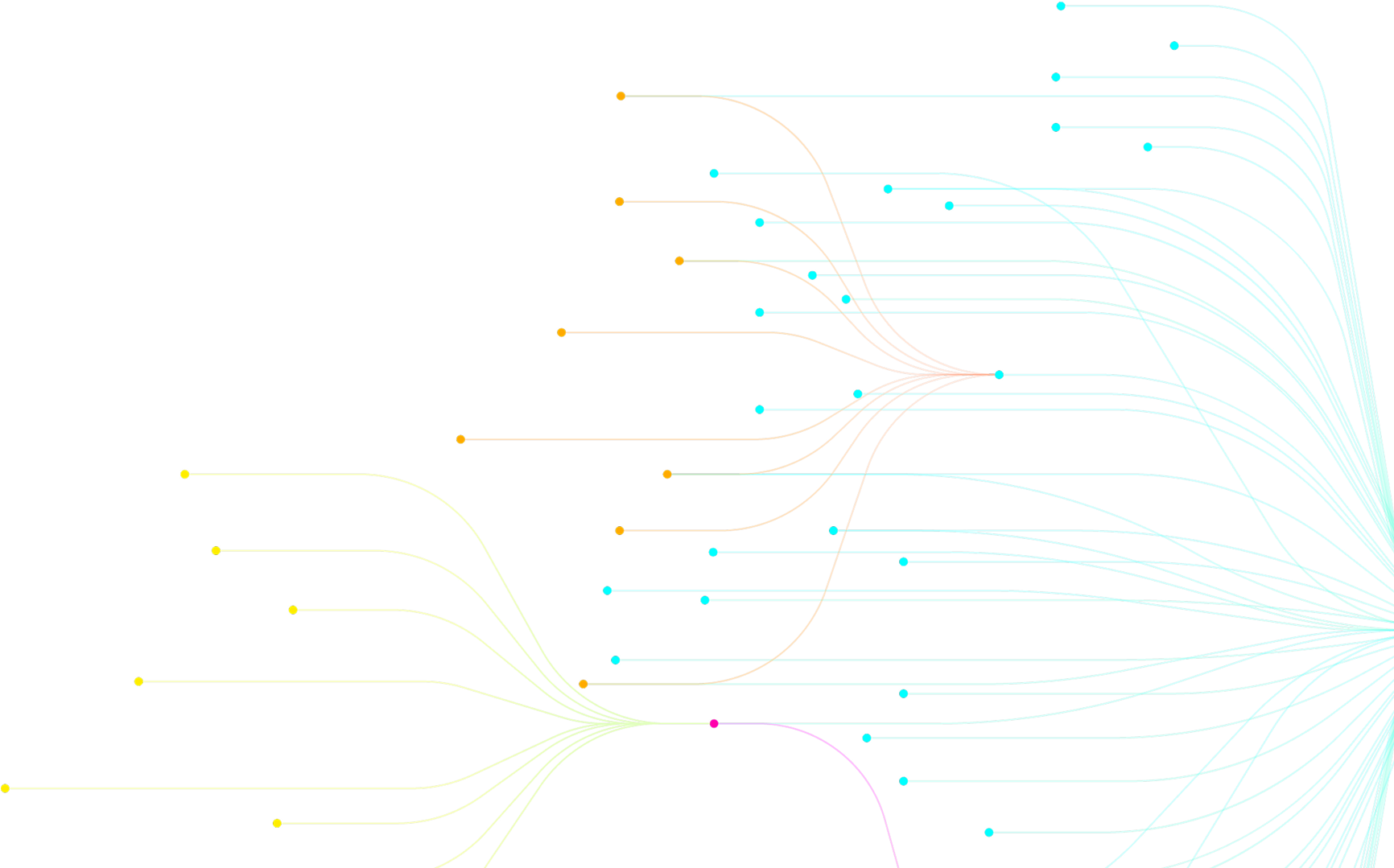ZPL is a high-level, declarative language for defining zero-trust communication policies across distributed systems. Policies refer to attributes of endpoints, users, and services, and remain independent of network topology or enforcement mechanisms.
A ZPL compiler produces machine-readable policy bundles tailored to a given ZPRnet implementation. The open reference compiler is under active development.

